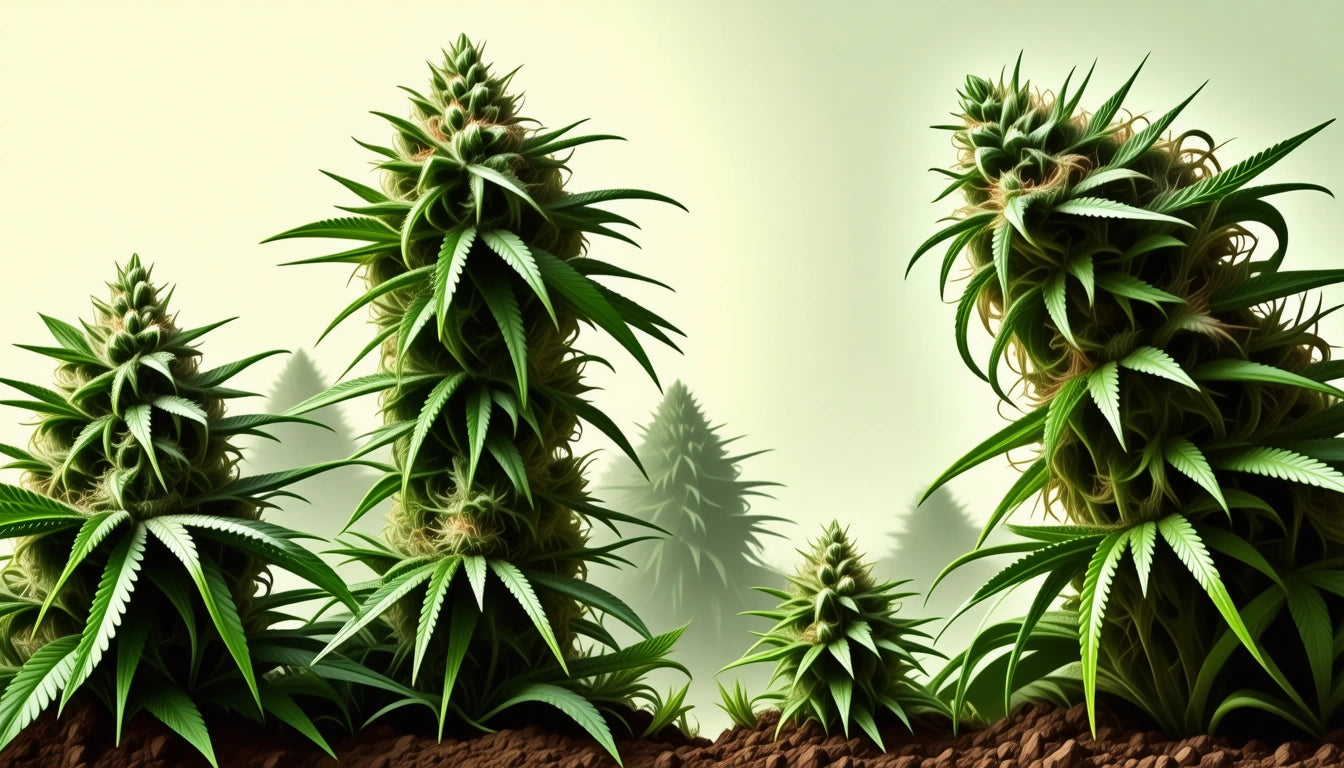Table of Contents
- Defining Packaging Layers: Primary vs Secondary
- Functions and Characteristics of Primary Packaging
- Functions and Characteristics of Secondary Packaging
- Materials Comparison: Primary vs Secondary Packaging
- Branding Opportunities Across Packaging Layers
- Industry-Specific Applications and Requirements
- Strategic Packaging Decisions for Product Success
Understanding the Differences Between Primary and Secondary Packaging
In the world of product packaging, the distinction between primary and secondary packaging plays a crucial role in product protection, consumer experience, and brand presentation. Each layer serves specific purposes in the journey from manufacturer to end user, with different requirements for materials, design, and functionality.
Defining Packaging Layers: Primary vs Secondary
Primary packaging refers to the first layer of packaging that directly contacts the product. It serves as the immediate container or wrapper that protects the product from contamination, damage, and environmental factors. Examples include bottles, blister packs, tubes, and pouches.
Secondary packaging, by contrast, contains one or more units of primary-packaged products. It provides additional protection during transportation and storage while creating opportunities for brand visibility and product information display. Common forms include boxes, cartons, display trays, and shrink wrap.
Functions and Characteristics of Primary Packaging
Protection and Preservation
The fundamental purpose of primary packaging is to protect product integrity. For sensitive items like pharmaceuticals or food products, primary packaging creates a barrier against moisture, light, oxygen, and contaminants. For cannabis products, specialized mylar bags with proper sealing technology provide the essential barrier properties needed to maintain freshness and potency.
Dispensing and Usability
Primary packaging often incorporates functional elements that facilitate product use, such as spray nozzles, pumps, or easy-open features. The design must balance protection with convenience, ensuring consumers can access the product easily while maintaining its integrity between uses.
Functions and Characteristics of Secondary Packaging
Grouping and Distribution
Secondary packaging excels at organizing multiple product units for efficient handling and distribution. It simplifies inventory management and creates standardized units for shipping and display. As explored in this guide on packaging costs and benefits, well-designed secondary packaging can significantly reduce shipping and handling expenses.
Information Display
While primary packaging may have limited space for information, secondary packaging offers expanded real estate for branding, regulatory information, usage instructions, and marketing messages. This makes it a valuable communication tool between brands and consumers at the point of purchase.
Materials Comparison: Primary vs Secondary Packaging
The materials used for primary and secondary packaging differ based on their distinct functions:
- Primary packaging materials must be compatible with the product, often requiring food-grade certification, chemical resistance, or barrier properties. Common materials include glass, specific food-safe plastics, aluminum, and specialized films.
- Secondary packaging materials prioritize structural integrity and printability. Corrugated cardboard, paperboard, rigid plastics, and molded pulp are frequently used, with selection based on protection needs and sustainability goals.
According to research on sustainable packaging trends, material selection increasingly considers environmental impact alongside functional requirements.
Branding Opportunities Across Packaging Layers
Primary and secondary packaging offer different branding advantages:
Primary packaging maintains brand presence throughout the product's use life, creating ongoing brand exposure in consumers' homes. Its design often focuses on distinctive shapes, colors, and functional elements that become signature brand identifiers.
Secondary packaging creates the critical first impression at retail, with greater surface area for graphics, storytelling, and brand messaging. As detailed in this comprehensive branding guide, effective secondary packaging design can significantly influence purchase decisions.
Industry-Specific Applications and Requirements
Cannabis Industry Considerations
In the cannabis industry, primary packaging must address unique challenges including odor control, child-resistance, and freshness preservation. For bulk products, specialized solutions like high-barrier mylar storage bags provide the necessary protection while meeting regulatory requirements.
Secondary packaging in cannabis often serves additional compliance functions, providing space for required warning labels, testing information, and tamper-evidence features while still creating shelf appeal.
Food and Beverage Applications
For food products, primary packaging focuses on food safety and preservation, while secondary packaging emphasizes brand differentiation and shelf impact. The relationship between these layers must be carefully designed to maintain product quality throughout the distribution chain.
Strategic Packaging Decisions for Product Success
When developing a packaging strategy, consider these key factors:
- Balance protection requirements with sustainability goals across both packaging layers
- Ensure primary and secondary packaging work as a cohesive system
- Allocate branding elements strategically between packaging layers
- Consider the full lifecycle of both packaging types, from manufacturing to disposal
- Evaluate cost-effectiveness across the entire packaging system rather than individual components
As explored in this guide on bulk packaging solutions, integrating primary and secondary packaging decisions into a unified strategy yields better results than addressing each layer in isolation.
By understanding the distinct yet complementary roles of primary and secondary packaging, brands can develop packaging systems that protect products effectively, communicate brand values clearly, and enhance the overall consumer experience from purchase through use.











Leave a comment
All comments are moderated before being published.
This site is protected by hCaptcha and the hCaptcha Privacy Policy and Terms of Service apply.